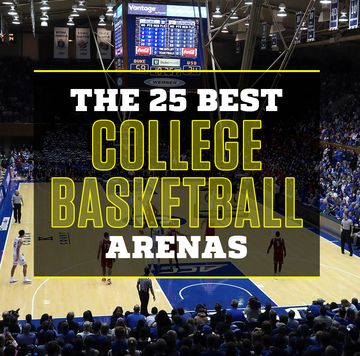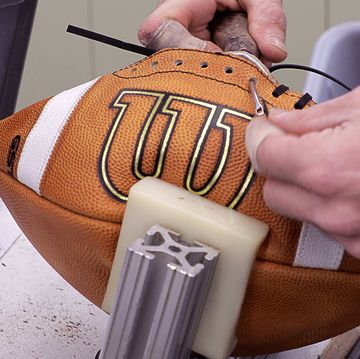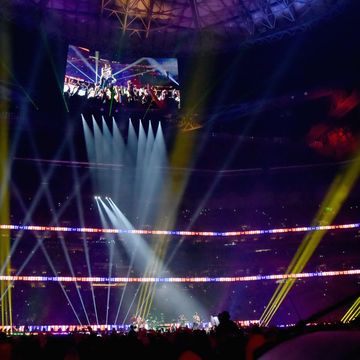If you use your bike to commute to work in the late fall and winter, lights are essential. Light-emitting diodes, better known as LEDs, have made riding at night more accessible for virtually every rider. The advantages of LED lights over comparable halogen lights—including less energy consumption, longer lifetime, smaller size, and relatively low cost—make them the perfect option for cyclists craving more time in the saddle.
"You want to be seen, to put out a light bigger than you are," says Scott Irons, owner of acclaimed local bike shop Indy Cycle Specialist in Indianapolis. "I remember riding home from work one December night on a fairly narrow road. I had a 1700-lumen light on my bike, and it was so bright, a car in the other direction pulled over thinking I was a motorcycle or another car. You can never have too much light."
LEDs are typically rated by lumens, or how much light is streaming through an area per second. The more lumens, the more light is produced. Less-powerful bike LEDs are typically one-piece lights that recharge via USB cord. More powerful lights, say 800 lumens or higher, often have an external lithium-ion battery that can be strapped to your bike's top tube or slipped into a jersey pocket. It's also a good idea to have a flashing rear safety light on the back of your bike or in your jersey's back pocket.
For riders who don't commute but may occasionally get caught on the road as the sun is setting, small, lightweight LED lights housed in a silicone shell are a great option that take up just a little bit of room on your handlebars and won't weigh down your steed. Commuters traveling on well-lit city streets can typically get away with a 100- or 200-lumen LED light, Irons says, while mountain bikers need at least 1000 lumens. The smaller lights provide approximately an hour of light per charge, which is typically enough for most commuters, while the more powerful lights can last up to 4 hours on a single charge and much longer on a lower setting.
Irons suggests a two-light approach for mountain bikers: a primary light on the helmet and a second light attached to the handlebars. "You want to see as far ahead of you as you can on the trail," he explains. "I've seen rattlesnakes out on the trail at night. When do you want to see it? Sixty feet ahead of you, or ten? You don't want to outrun your light."
One pro tip: Irons runs the same LED lights on his helmet and handlebars, with the helmet light on the high setting and the bar-mounted light on medium. Because the two lights are compatible, he can switch batteries if his helmet light runs out of juice.
For years, the rule of thumb for incandescent halogen bicycle lights was $1 per lumen, but LEDs typically cost less than one-third of that today. Three of the most reputable manufacturers are Light & Motion, NiteRider, and Serfas, the latter of which Iron says offers "the most bang for your buck."

After spending nearly a decade as a reporter for The Indianapolis Star, Robert Annis finally broke free of the shackles of gainful employment and now freelances full time, specializing in cycling and outdoor-travel journalism. Over the years, Robert's byline has appeared in numerous publications and websites, including Outside, National Geographic Traveler, Afar, Bicycling, Men's Journal, Popular Mechanics, Lonely Planet, the Chicago Tribune, and Adventure.com.













